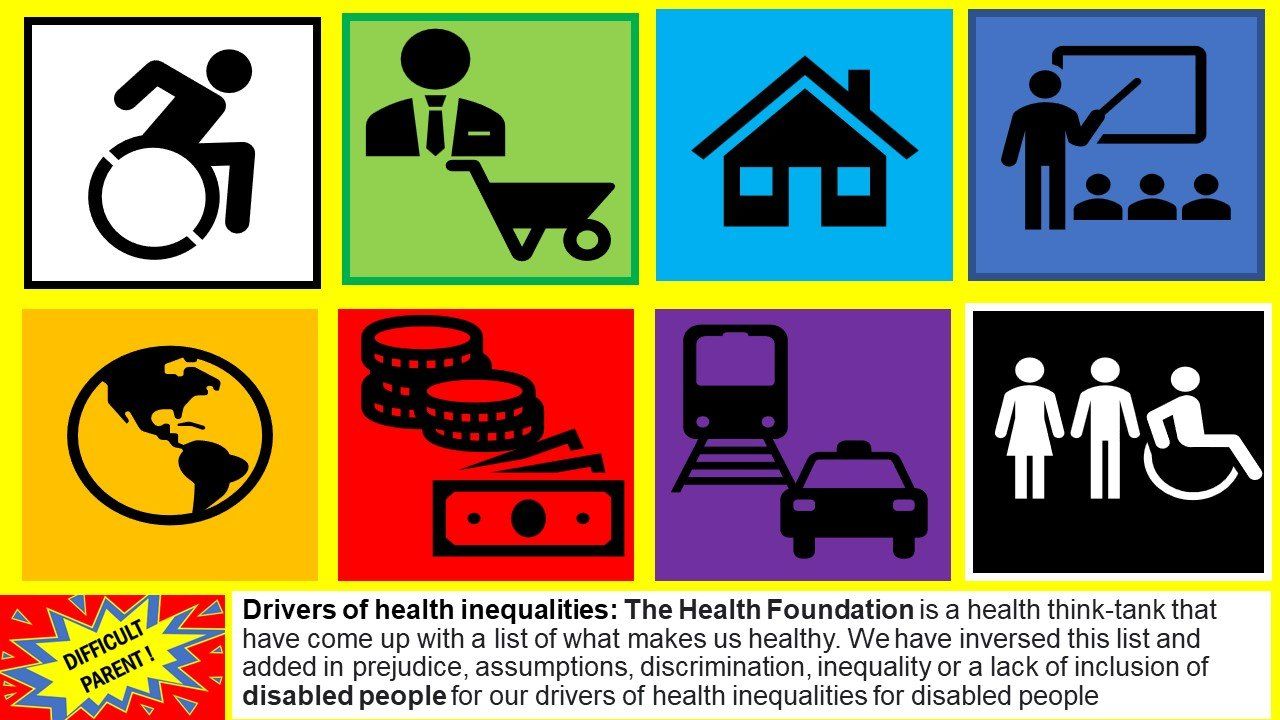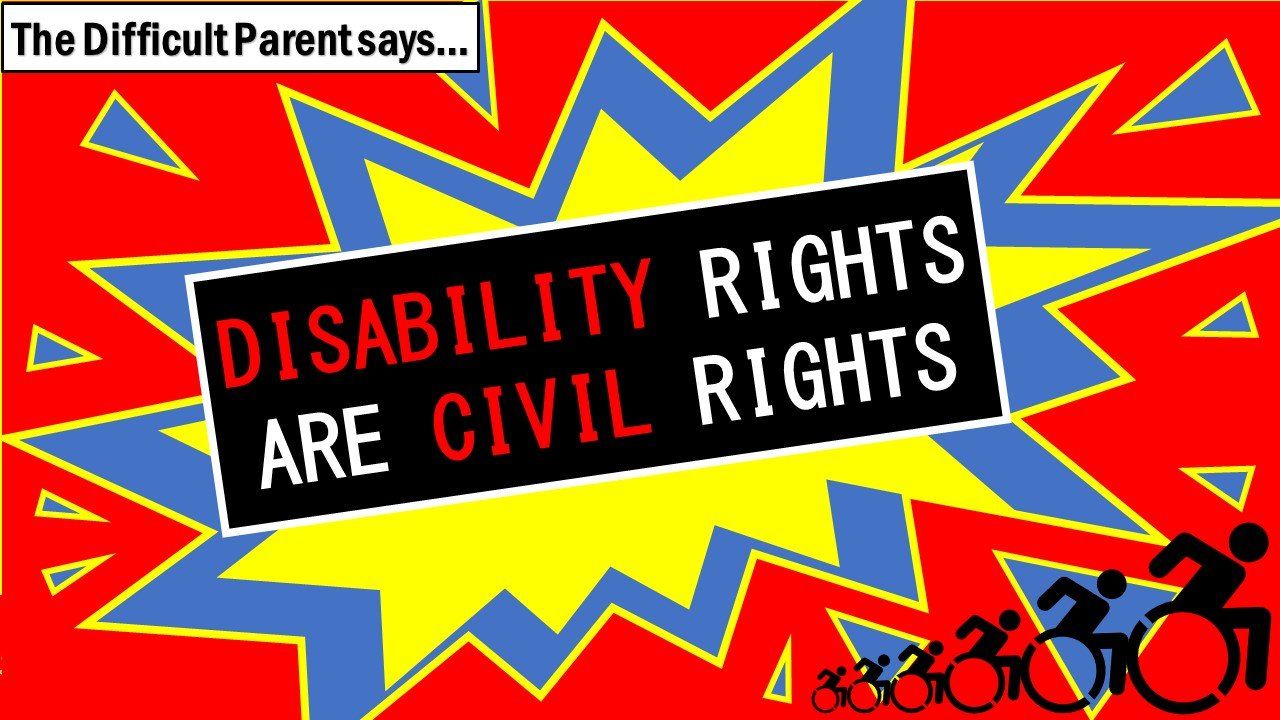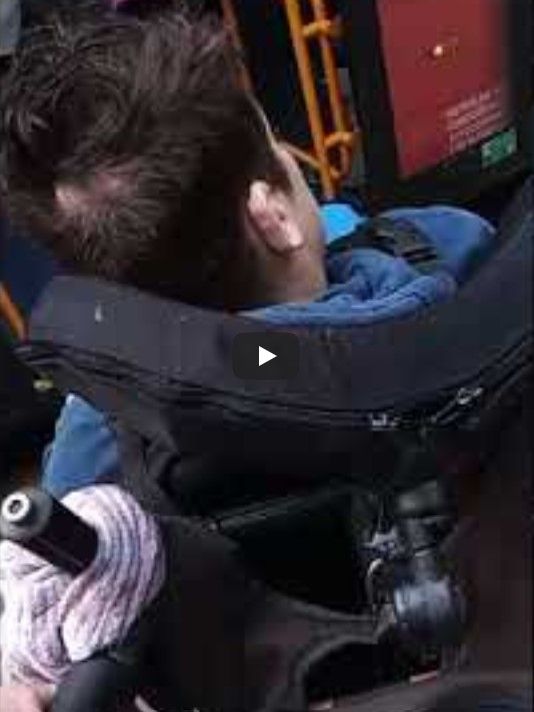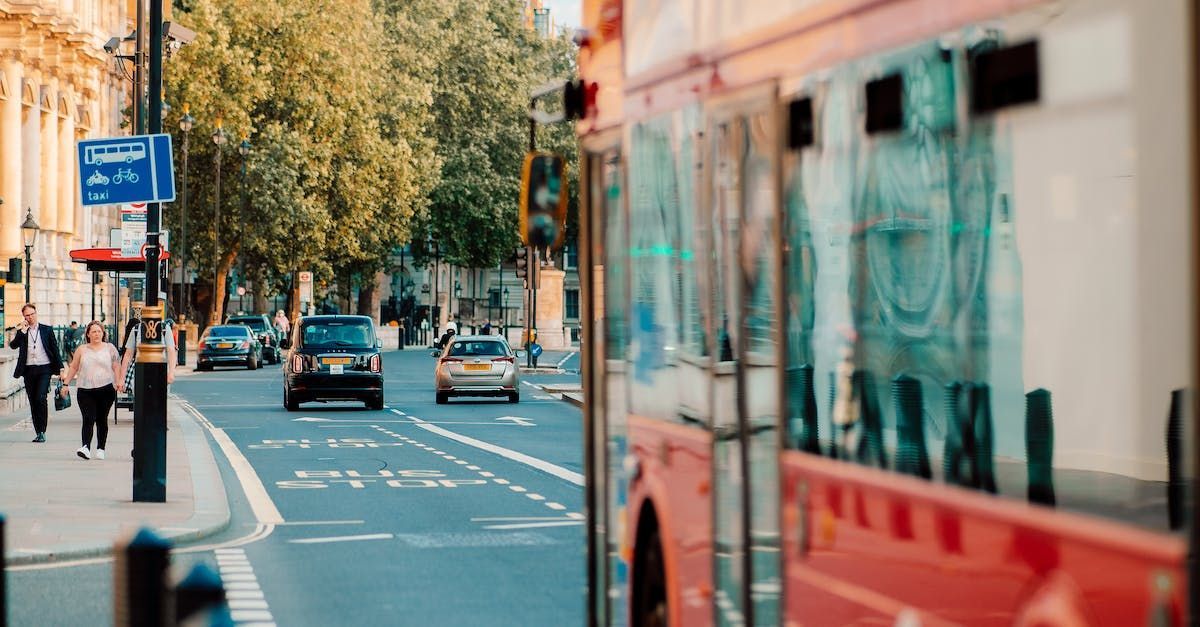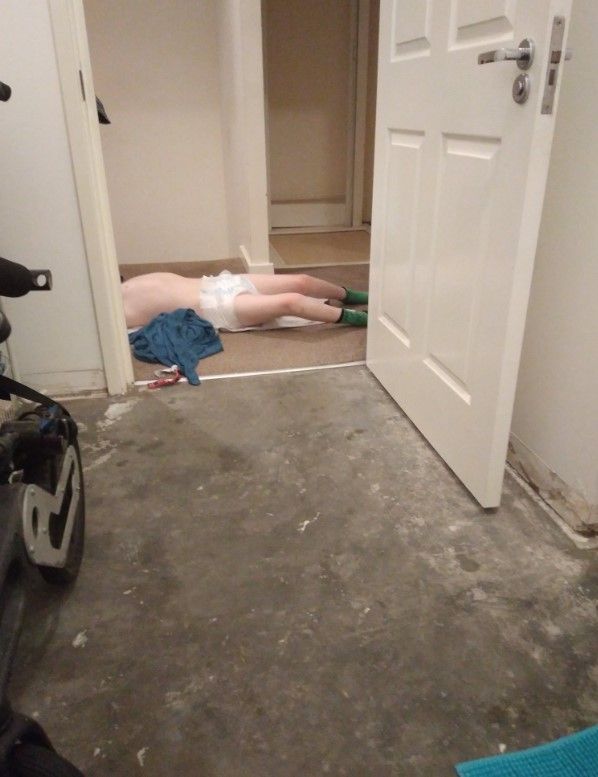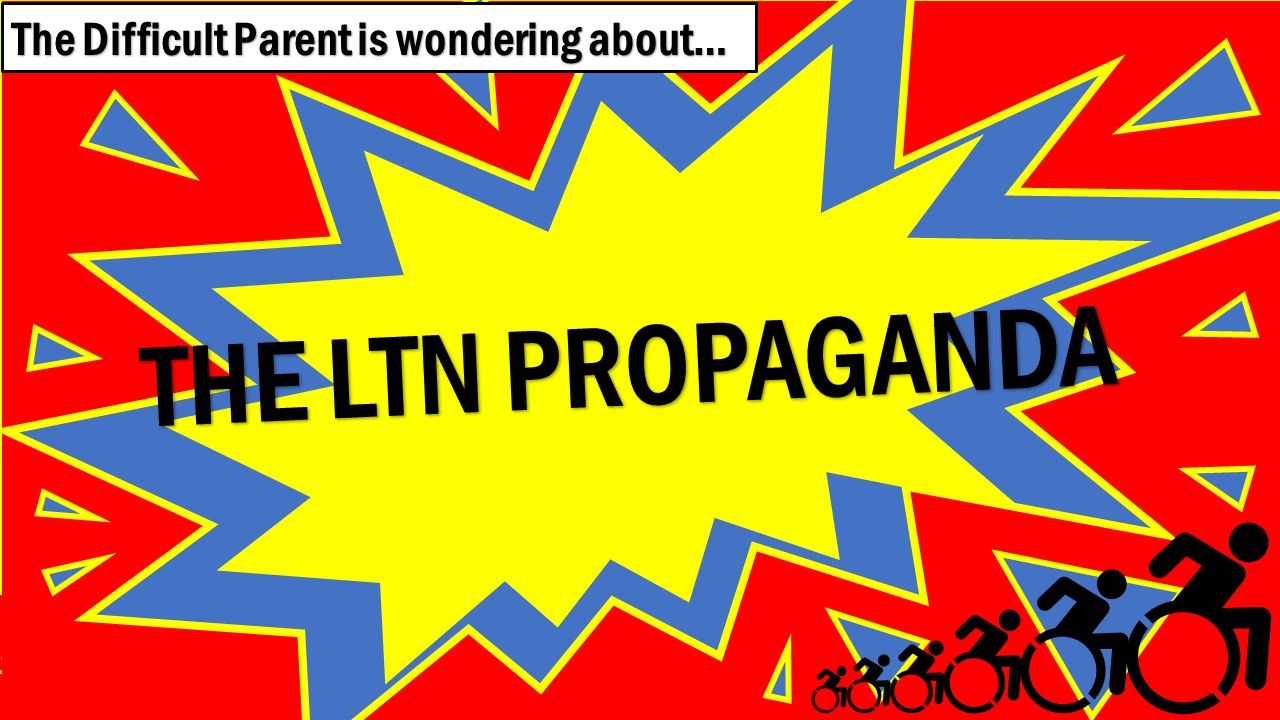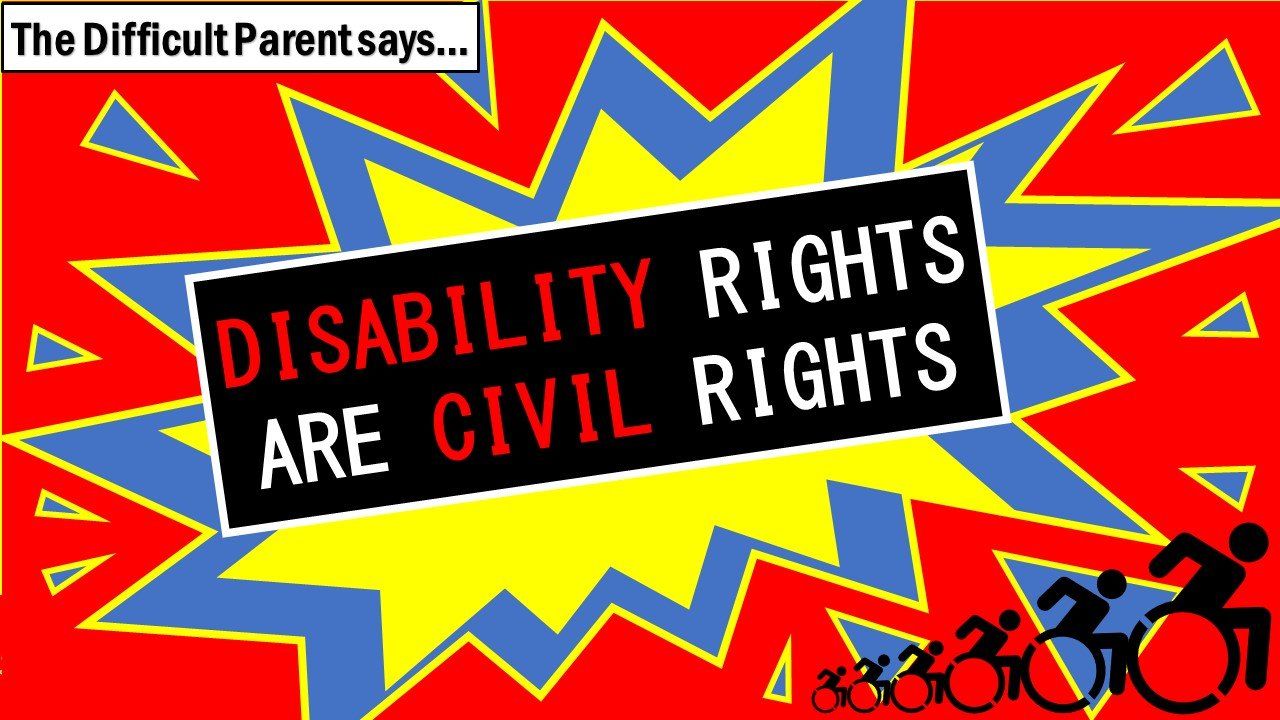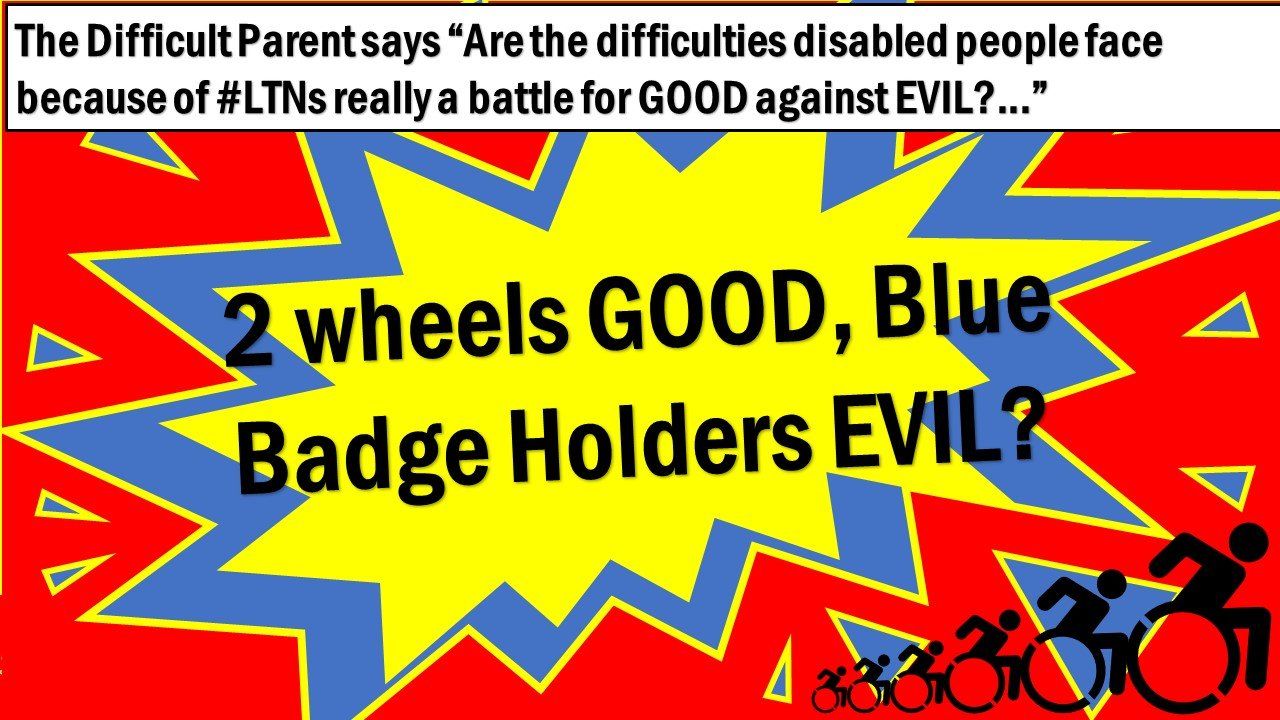Hell - T - N s
- By Brian Leveson
- •
- 19 Oct, 2022
- •
Life 6 weeks into living between two Low Traffic Neighbourhoods.
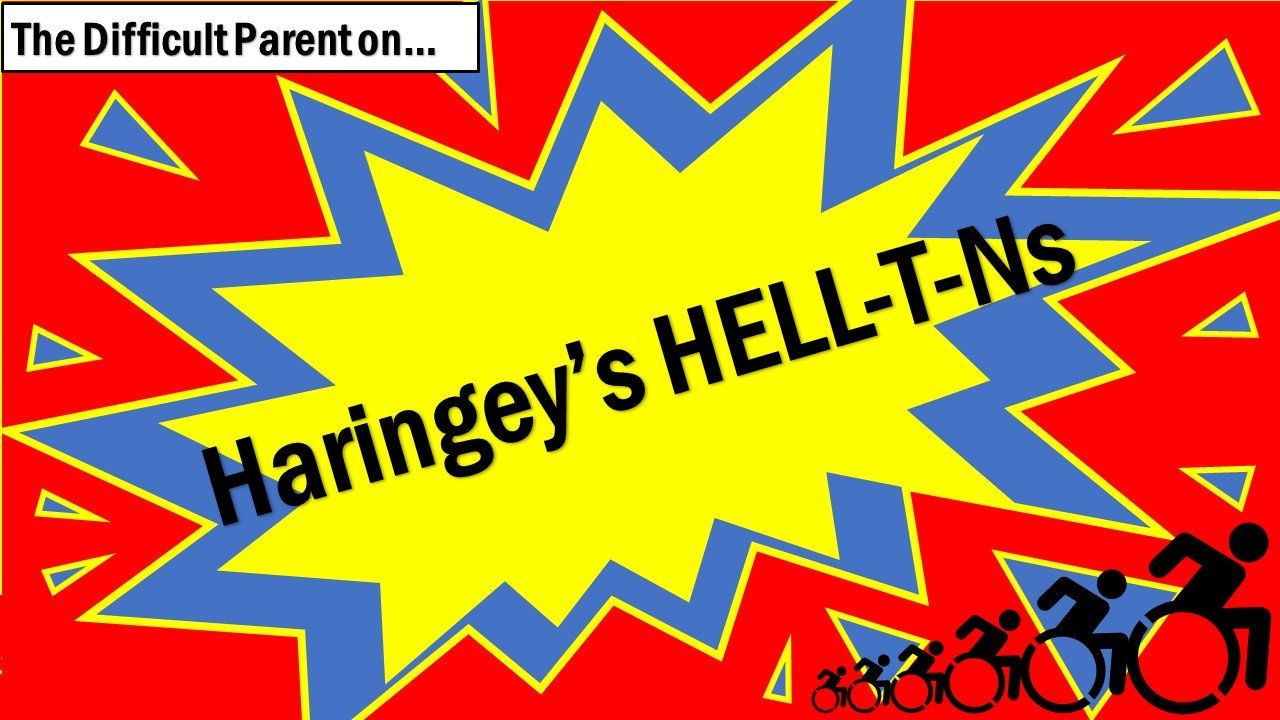
Life in the middle of an experiment
I would have thought that given that one of the fundamental reasons for the experiment has been proven to be wholly incorrect, that being data from the Department of Transport showing a sharp increase traffic was wrong and has now been revised, the right thing to do is not continue with the 'experiment'. But this has not been the case.
The reluctance to revise the experiment and the way the officers and Councillors conducted the consultation and engagement activities makes me strongly questions the integrity and objectivity of our local decision makers.
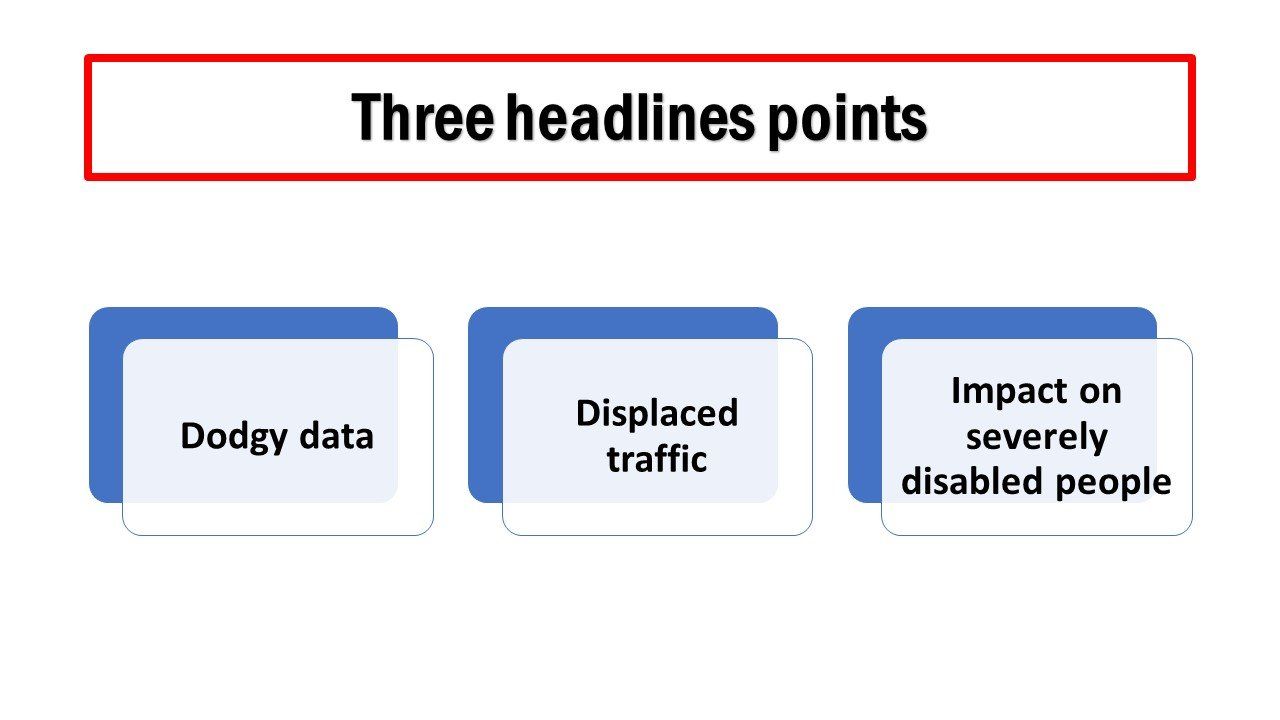
Summary of the main points
- the data that was used as the basis for the decision making and presumably traffic modelling has been show to be wholly inaccurate and unreliable. This then leads me to question the outputs of the traffic modelling (they did model this experiment - right???). Given that the data input to the model was unreliable, then it is not unreasonable to suggest the outputs of the traffic modelling are utter rubbish.
- there has been no mitigation for the displaced traffic which we are told will eventually evaporate, because the model with the dodgy input data says it will ... ... so as we await the evaporation of cars, on our road situated between two LTNs we are experiencing increased traffic flows and poorer air quality
- longer journey caused by LTNs cause increased travel times, greater cost, discomfort and can make some people seriously unwell
Dodgy data - London traffic

Dodgy data - Haringey Traffic
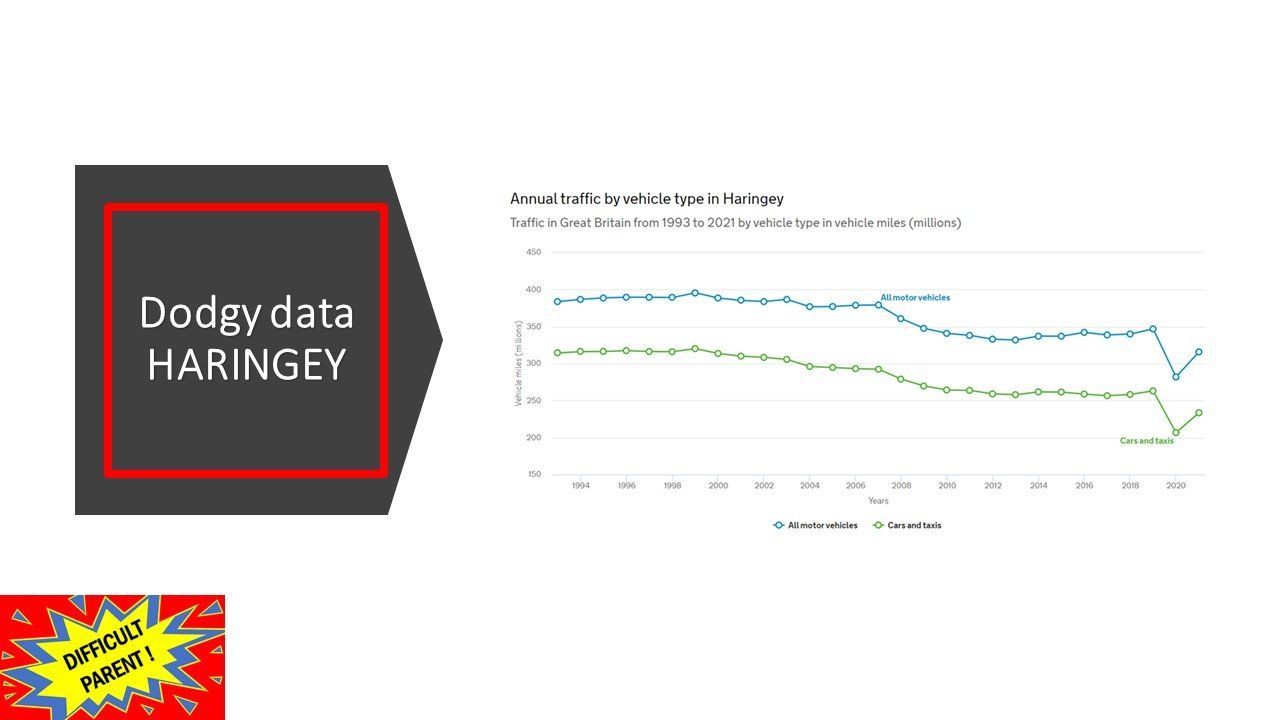
The overall trend over many decades has been a decrease in traffic flow, although it is difficult to take a view on more recent data because of the pandemic. Link to Local authority Haringey Traffic Statistics.
Trapped between two LTNs feeling the impact of displaced traffic

Traffic on Lawrence Road Traffic on Lawrence Road, situated between two LTNs and a ‘link road’ between two LTN boundary roads has seen increased traffic numbers due to displaced traffic. Refer to Haringey My Maps.
Significant increase in morning rush hour traffic
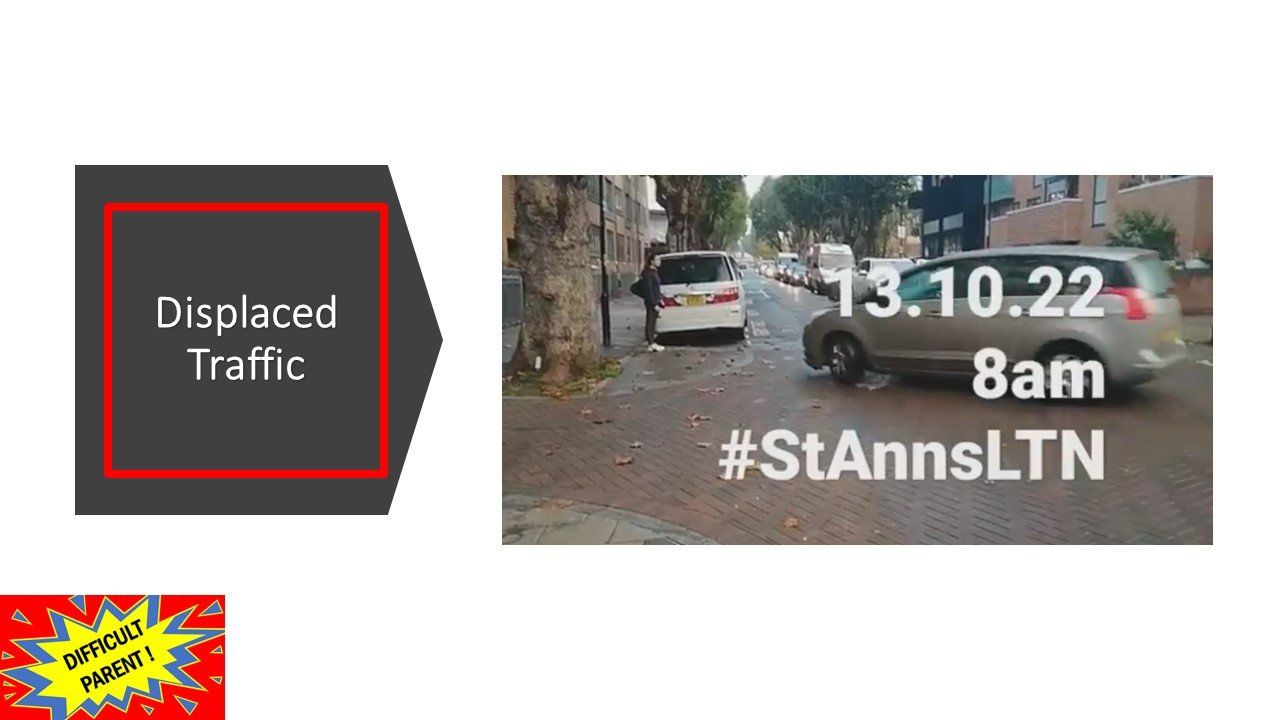
Still from Youtube:This is a 24-vehicle queue on Lawrence Road southbound onto West Green Road at 8am on a Thursday morning. Pre – LTN the 15 minute traffic flows was 24 vehicles for the 15 minutes starting at 07:45hrs and 45 vehicles for the 15 minutes from 08:00hrs. Refer to Haringey My Maps.
· We are not seeing the benefits of LTNS i.e. reduced traffic and better air quality
· Road and housing is nor designed for this level of traffic
· Taller building inhibit air dispersion
· Gardens are not designed with hedges (and Estate regulations restrict planting).
Impact on severely disabled people
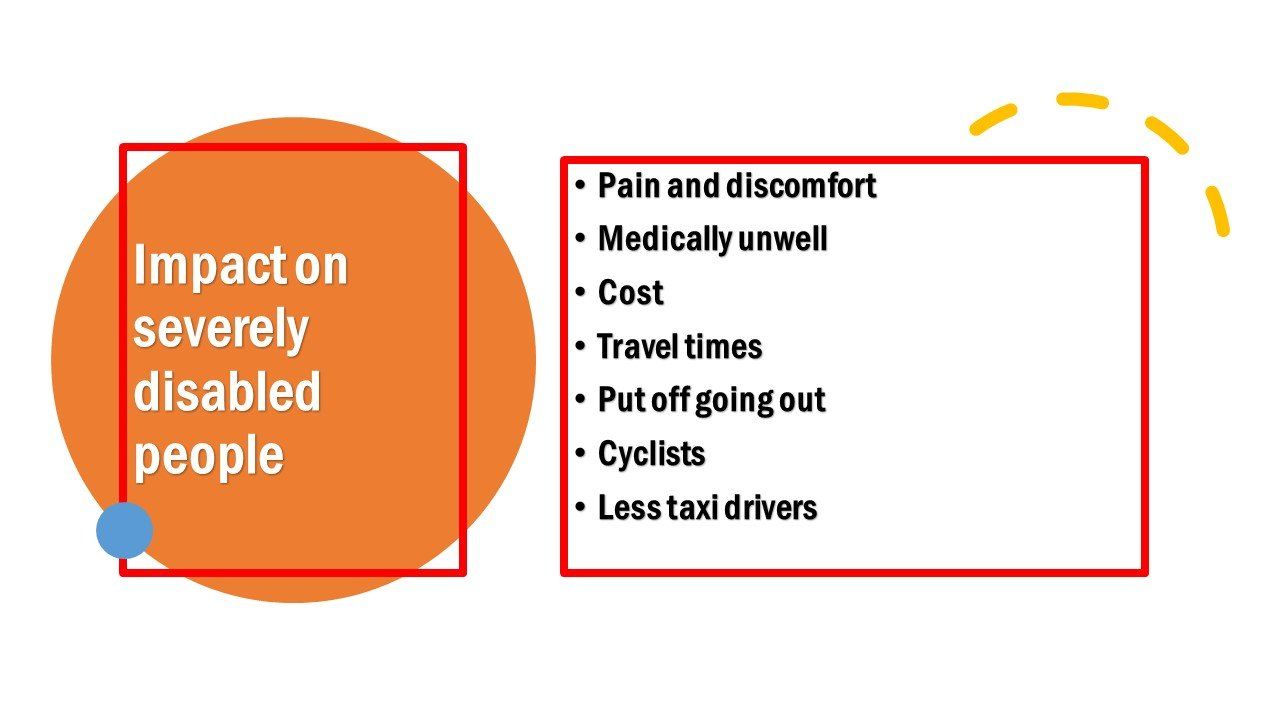
Increased journey times of SEND transport: before LTNs were introduced our sons journey times to school were broadly half an hour and he’d be home just before 4pm (school finishes at 3:30pm).
Firstly, LTNs were introduced in Islington and his coming home time drifted to past 4pm, about 4:10pm / 4:15pm.
Since the St Anns LTN has been introduced this has now moved to closed to 4:30pm, as long as there are no incidents and accidents.
Incidents and accidents greatly increase his travel times, and he has been getting home closer to 5pm on some occasions. Of course, there were incidents prior to LTNs, but they seemed to be less frequent and the impact was less as there were roads open into which traffic could disperse. Vehicles are stuck in traffic jams unable to move. Despite public statements to the contrary, the SEND transport department have been dismissive of our concerns saying things happen ‘from time to time’. Those times are more frequent and are having a greater impact.
Before the summer, this meant our child was stuck on a SEND Transport bus with no opening windows and no air conditioning in Amber Weather Alerts. He had multiple seizures on arrival at school, home and in hospital. On four occasions this necessitated emergency intervention and paramedic support.
Since then, we have found out that our child has a severe curvature of the spine that requires a brace. Sitting in his chair, bouncing over road humps is very painful for him. He arrives home and at school unsettled and in need of getting out of his chair and a rest. All worsened by LTNs lengthen journey times.
We monitor his travel times using an app.
Increased journey times to and from hospital appointments: our child has many conditions as he is severely disabled and had many appointments. Because of the number of appointments that we have (a total of about 7 between September and December, but that will probably increase), we take taxis. This is because our child needs 24/7 care; we have limited leave and can’t always both be off; there is limited or no parking at hospitals and public transport is not an option for our child. Last week we had 2 appointments and spent over £200 in taxi fares.
Increased scarcity of taxis: the purpose of LTNs is to drive cars off the road, and this has included taxis. (Currently 19,000 from a pre pandemic 22,000 – see TaxiPoint). We have found that Taxi Drivers are less likely to pick up ‘Taxi Card’ requests and the ComCab app automatically add half an hour wait to Taxi Card requests. (Taxi cards offer reduce taxi costs for disabled people).
There has been no consideration of the impact of an increase in the number of cyclists on disabled people. Cycling on pavements, jumping lights and discarded 'dockless bikes' are making pavements and roads a very hostile environment for disabled people.
- We've been hassled and alarmed by pavement cyclists
- We've had a terrifying near miss on Philip Lane when the cyclist did not see the wheelchair on a crossing.
- Dockless bikes are left with alarming frequency next to and around the 6 blue badge bays on our road - and reporting to the companies who provide these bikes is not making any bit of difference.
